 ngaging with seasonal food is about engaging with a narrative. At its most basic level this book describes the narrative of a passing year and the seasons as they wax and wane a personal account of my own journey through the food year and beyond, picking up on what I cook and what captures my attention at various points.
ngaging with seasonal food is about engaging with a narrative. At its most basic level this book describes the narrative of a passing year and the seasons as they wax and wane a personal account of my own journey through the food year and beyond, picking up on what I cook and what captures my attention at various points.
Following the seasons is its own reward. There are social, economic, environmental and dietary benefits to eating seasonally, but more importantly it is the personal benefits, the richness that a sense of understanding the food year brings to life that is most gratifying. There are times of the year when the breadth of produce is more limited, when cooking and eating can seem repetitive, but the overall variety seasonality brings to our lives is always rewarding. It impacts on our diet, our habits and our environment, on both local and global levels. It may be that there has never been a more important time to commit to this engagement if we are to resolve the growing problem that feeding ourselves presents then surely a good place to begin is at an individual level, finding meaning in and feeling passionate about the food we eat.
Locality has long been an important feature of food for me. This is for a variety of reasons, from reducing road miles and saving energy to connecting with the story behind the food that I eat by being able to comprehend and contextualise its journey and the people that participate in it. But the main reason has always been because it increases my sense of seasonality, pushes me into a deeper engagement with the food seasons the more local the food you eat, the more seasonal it will be. It was this that inspired me to open Konstam at the Prince Albert in Kings Cross in 2006 and to source the ingredients from around London.
Although this book describes a 12-month cycle, it has taken far longer than that to write, and this disrupts any attempt at a simple narrative as the events within it are far from consecutive, and many of the feelings and impressions are disconnected. It is, nonetheless, an attempt to jot down, with the passing of a cooking year, some of the food, thoughts and events that pass through my mind, my life and my kitchen.
*
The recipes in this book dont always describe complete plates of food. Many of them are elements to be used in combination with each other or with other dishes. Some are barely recipes in any evolved sense of the word, more descriptions of how to cook a dish, and many are little more than a list of possibilities. Mainly this is because cooking, for me, has always been about achieving a familiarity with disparate elements and then letting my creativity pull them together to form dishes, meals and menus appropriate to the context and my resources. No meal is ever the same, even though they can be similar, so it feels wrong for me to be didactic. If the recipes occasionally seem vague it is only because the options are always endless and this vagueness acknowledges the fact. Not only this but it can never be that one way of looking at a specific set of ingredients is the only way, because food is always about change, experimentation and working with what you have. This vagueness is led by a desire to encourage the reader to play with the tools and seasonal palette available to them.
Perhaps because I had no formal training before cooking at Moro in Clerkenwell in 1997, or perhaps just because I love the way food is constantly shifting and evolving, infinitely varied and capricious, I have never felt that being a chef gave me much authority on such a personal and culturally diverse phenomena as food. Cooking is about trying new things, seeing what works and what doesnt learning for the next time, finding out what works for you. That doesnt mean couching yourself in the comfort of your likes and dislikes challenge yourself to find ways of understanding and enjoying what lies outside your comfort zone.
And the longer Ive worked as a cook the more Ive come to understand that it is always about adaptability and improvisation at every level, and often completely on the spot. Ive had to cook in fields with only a portable barbecue; tents with trestle tables; tiny kitchens with barely space to rest a plate; as well as in kitchens with wood ovens, charcoal grills, induction hobs and sous vide water baths. Ive cooked with the most exquisite of lovingly produced single-farm organic produce, bog-standard veg from the average wholesaler, unknown and mysterious foraged food, and with veg Ive picked up at the corner shop. Ive cooked with chefs whose experience, creativity and understanding of food cast my own into the darkest of shadows, jobbing chefs with a grudge and a permanent scowl, hard-working cooks who could read my culinary mind, and Ive worked shifts with a changing cast of volunteers and part-time staff. While all have their pressures, Ive enjoyed each for its own reasons and its own problems solved. Life isnt ideal, food isnt ideal, kitchens arent ideal and the seasonal food calendar isnt ideal. There are times when you need to improvise and there are times when you cant breathe for choice. Every decision, each experiment or compromise you make in the kitchen takes you on a new journey, and every dish you share with an eager diner or grateful friend makes a new connection savour every minute of it, as the next one will be completely different.
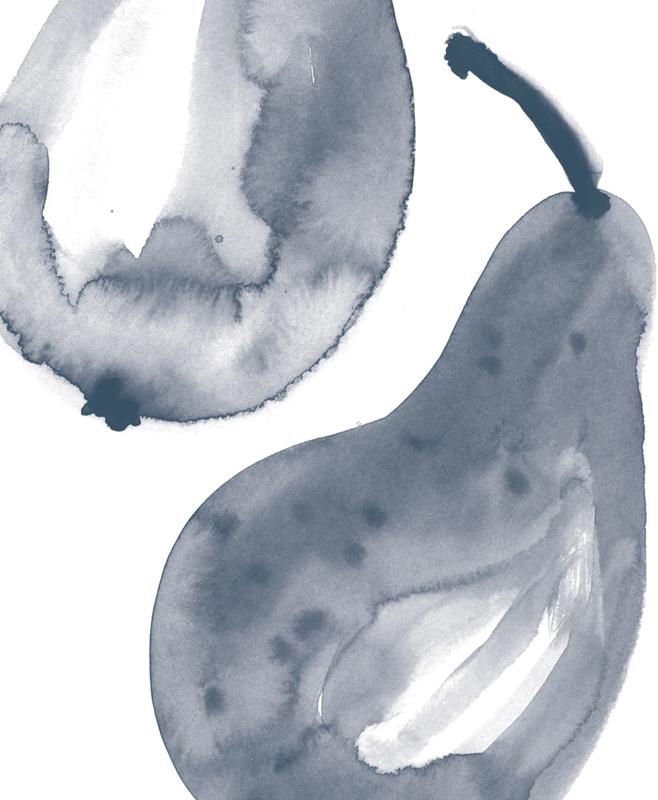
You ought to know that October is the first spring month.
Karel apek
 ot everything starts with a bang, and October escapes our attention much of the time; in fact, it can be easy to forget all about it. The fading rays of summer have been and gone and autumn is well underway, the goodwill and white noise of Christmas seem a safe distance away and the true cold of midwinter is still just a bitter edge on an easterly wind. October strolls into the calendar and gets on with things in a steady and contemplative way. If May whistles with purpose, October quietly hums and gets on with a few jobs around the garden.
ot everything starts with a bang, and October escapes our attention much of the time; in fact, it can be easy to forget all about it. The fading rays of summer have been and gone and autumn is well underway, the goodwill and white noise of Christmas seem a safe distance away and the true cold of midwinter is still just a bitter edge on an easterly wind. October strolls into the calendar and gets on with things in a steady and contemplative way. If May whistles with purpose, October quietly hums and gets on with a few jobs around the garden.
Ive thought long and hard about when the food year starts. Its not easy to decide exactly when this is because the sequence of planting, rearing, harvesting and taking to market is a year-round process and the stages intertwine.
I came to the conclusion that it shouldnt begin with the start of the calendar year. January is midwinter, and it follows that something in the middle cant be at the start; in terms of the food year theres nothing about January that makes me think of a beginning. We do finally stop thinking about turkey, goose and Christmas pudding and turn our attention to different foods, but the produce thats available is essentially the same as before Christmas. Winter is relatively dormant, and the variety of fruit and vegetables quite restricted. There are cabbages, stored apples, Jerusalem artichokes, game, herring and pike but the choice isnt much more extensive. There is an emotional rebirth in January as we herald the New Year; it can feel like the start of something new, but the season doesnt change. Its still cold and frosty even snowy some years and the trees are bare and forbidding. The ground is cold and hard, making it impossible to plant anything, and there isnt enough light to grow much by. The purple sprouting broccoli is slowly doing its thing and the rhubarb is secretly working away in its candlelit sheds, but by and large theres not much to show for anything. No harvest, no planting. No start, no end.







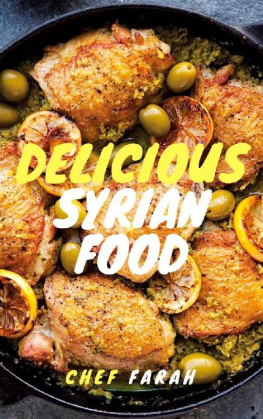


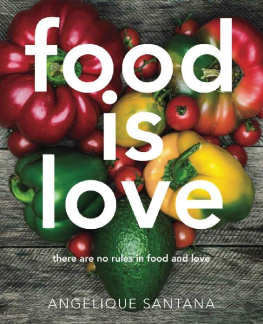
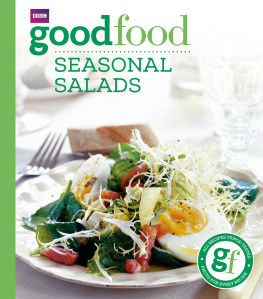
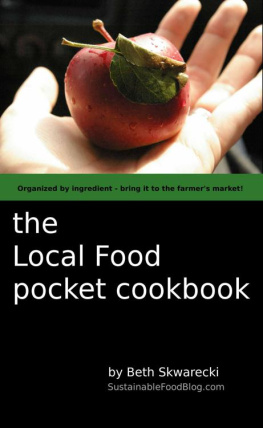
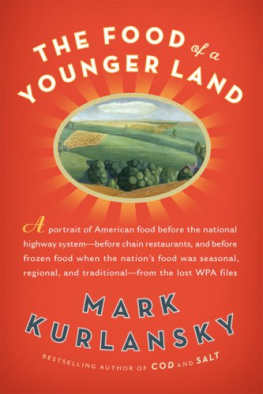


 ngaging with seasonal food is about engaging with a narrative. At its most basic level this book describes the narrative of a passing year and the seasons as they wax and wane a personal account of my own journey through the food year and beyond, picking up on what I cook and what captures my attention at various points.
ngaging with seasonal food is about engaging with a narrative. At its most basic level this book describes the narrative of a passing year and the seasons as they wax and wane a personal account of my own journey through the food year and beyond, picking up on what I cook and what captures my attention at various points.
 ot everything starts with a bang, and October escapes our attention much of the time; in fact, it can be easy to forget all about it. The fading rays of summer have been and gone and autumn is well underway, the goodwill and white noise of Christmas seem a safe distance away and the true cold of midwinter is still just a bitter edge on an easterly wind. October strolls into the calendar and gets on with things in a steady and contemplative way. If May whistles with purpose, October quietly hums and gets on with a few jobs around the garden.
ot everything starts with a bang, and October escapes our attention much of the time; in fact, it can be easy to forget all about it. The fading rays of summer have been and gone and autumn is well underway, the goodwill and white noise of Christmas seem a safe distance away and the true cold of midwinter is still just a bitter edge on an easterly wind. October strolls into the calendar and gets on with things in a steady and contemplative way. If May whistles with purpose, October quietly hums and gets on with a few jobs around the garden.